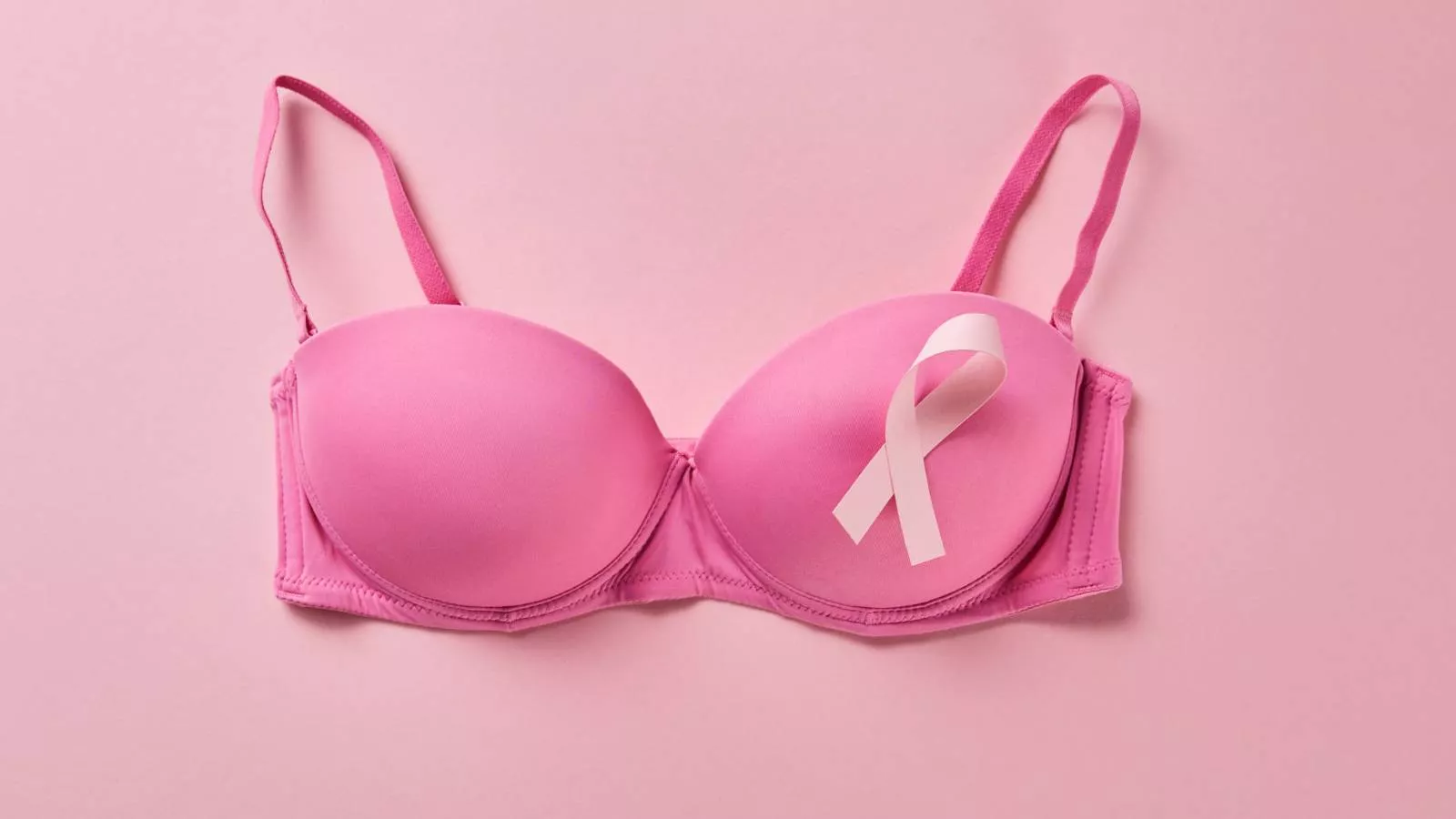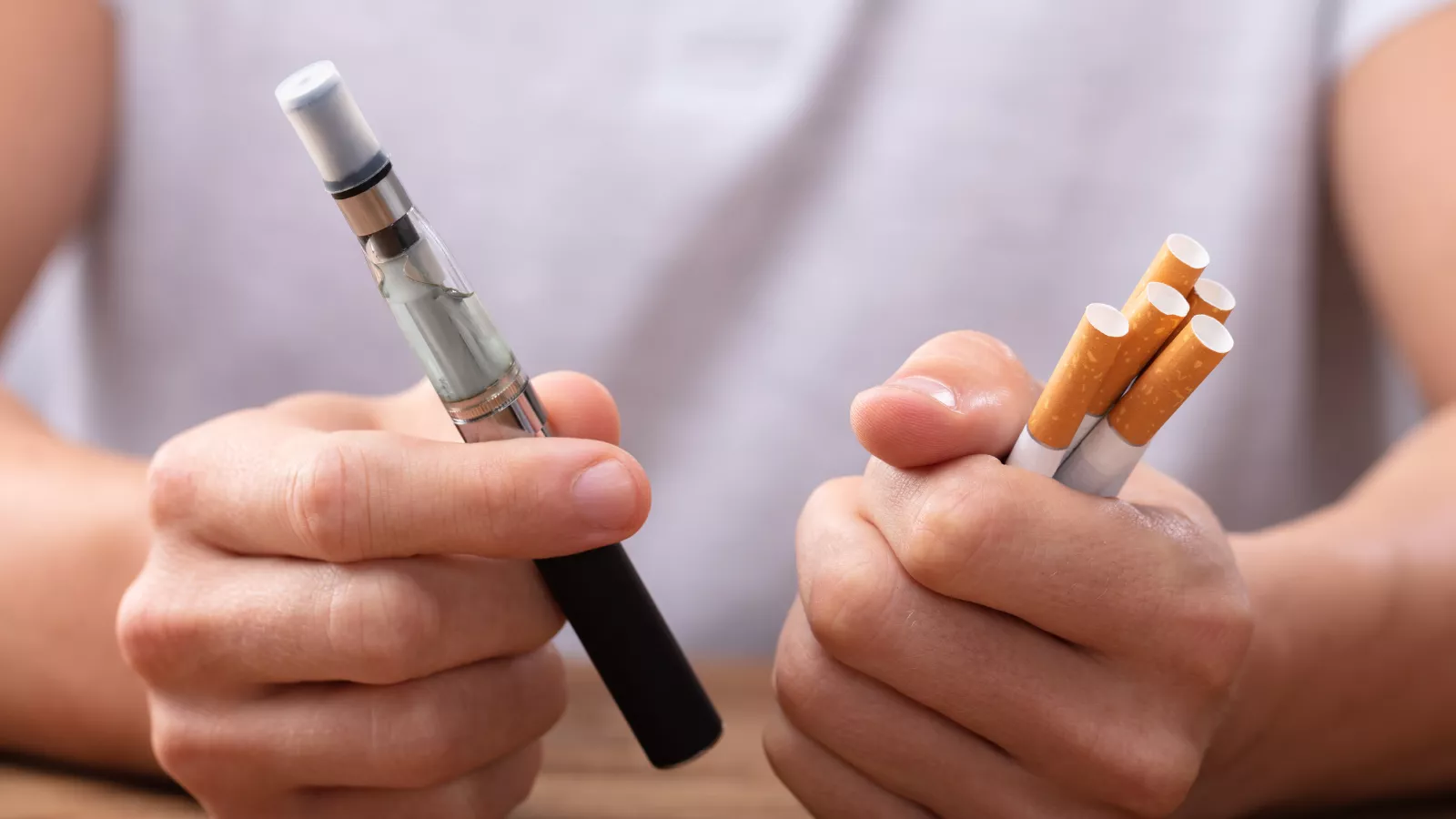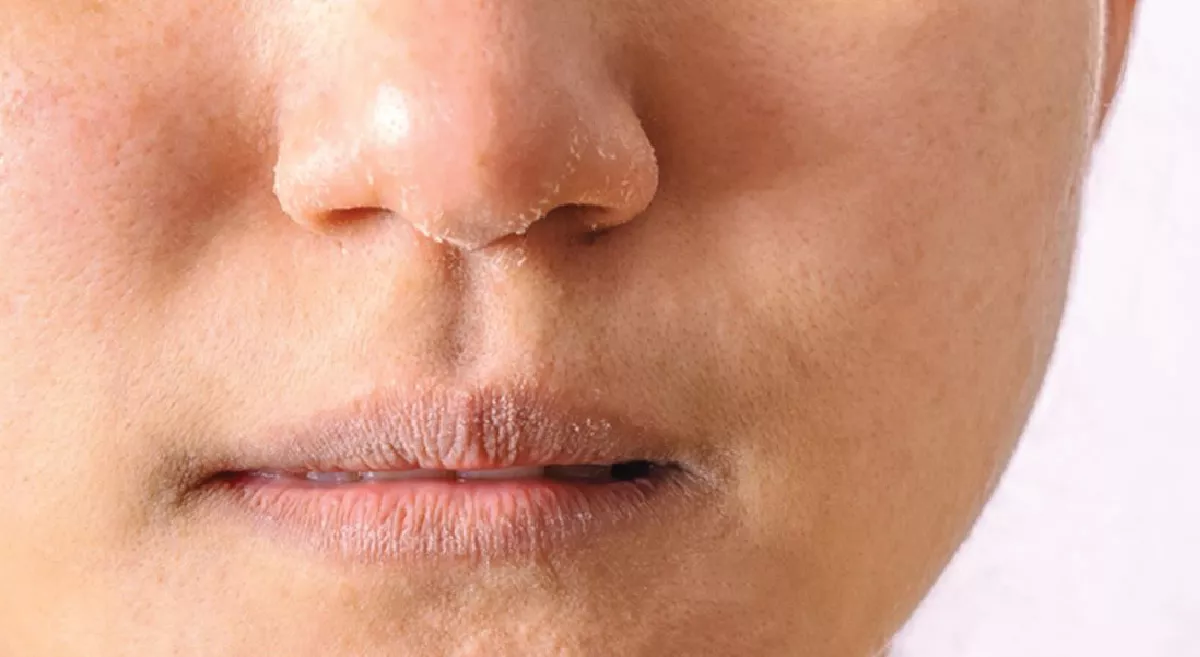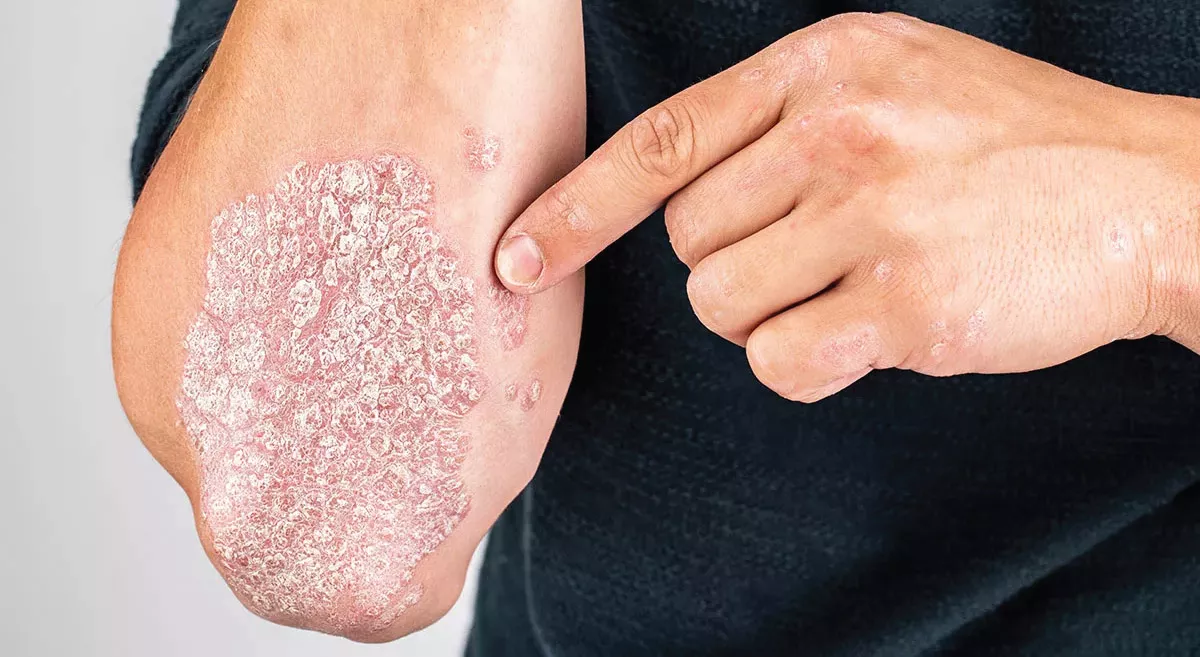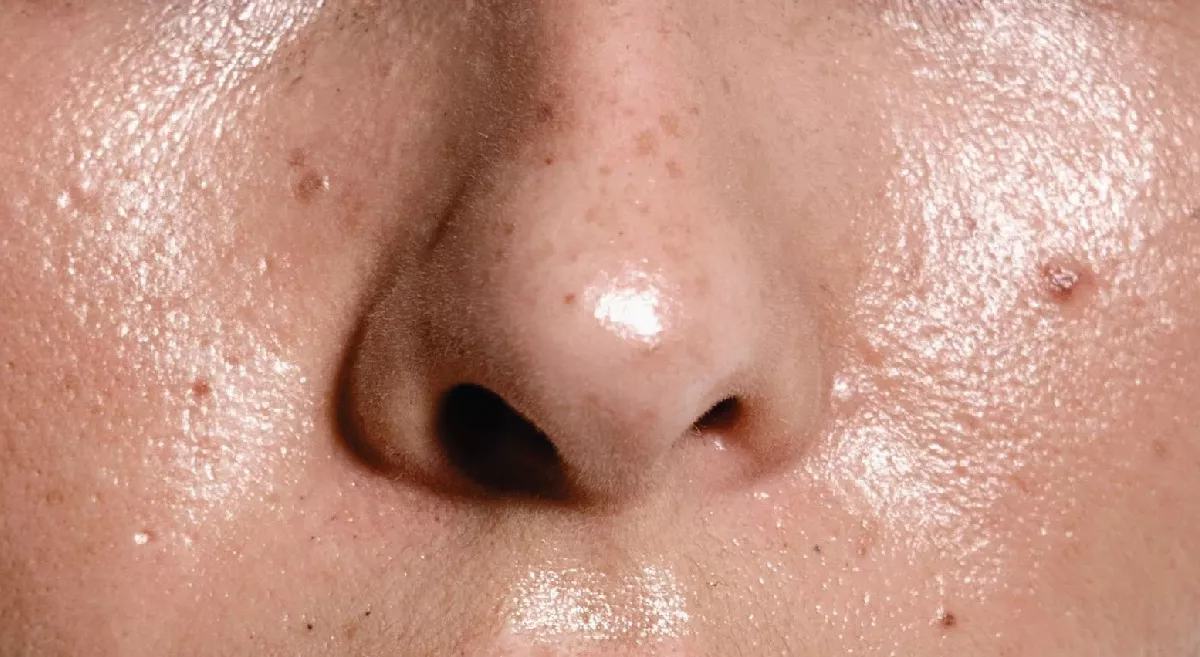Chafing occurs when skin repeatedly rubs against skin or clothing, leading to irritation. Common causes includes:
- Friction: Continuous rubbing of skin against skin or clothing.
- Sweat: Sweat can make skin more susceptible to friction.
- Ill-fitting clothing: Tight or loose clothing that moves excessively can cause rubbing.
- Moisture: Wet conditions from sweat or rain exacerbate friction.
- Body Shape: Certain body parts like thighs, underarms, and nipples are more prone to chafing due to natural body movements.
Symptoms :
The symptoms of chafing can vary but typically include:
- Redness: The affected area becomes red and inflamed.
- Rash: A rash may develop in the area of friction.
- Pain: The area can be painful, especially when moving or if clothing rubs against it.
- Burning Sensation: A burning or stinging sensation is common.
- Blisters: Severe chafing can lead to blisters or raw skin.
Effect on Movements
Chafing can significantly affect movements and workout performance:
- Pain and Discomfort: Painful areas can make it difficult to continue exercising.
- Reduced Range of Motion: To avoid pain, individuals might alter their movements, which can affect exercise form and efficiency.
- Avoidance of Activity: Persistent chafing can lead to avoiding certain exercises or activities altogether.
Treatment
Treating chafing involves soothing the irritated skin and preventing further irritation:
- Clean the Area: Gently wash the affected area with mild soap and water.
- Dry Thoroughly: Ensure the area is completely dry before applying any treatments.
- Apply Ointments: Use anti-chafing balms, petroleum jelly, or zinc oxide creams to protect the skin and promote healing.
- Wear Loose Clothing: Opt for loose-fitting, breathable clothing until the area heals.
- Avoid Irritation: Avoid activities that may further irritate the chafed area until it heals.
Prevention
Preventing chafing is key to maintaining comfort during workouts:
- Proper Clothing: Wear moisture-wicking, seamless, and well-fitting clothing. Compression gear can be particularly effective.
- Lubrication: Apply anti-chafing balms or petroleum jelly to areas prone to friction before working out.
- Stay Dry: Keep your skin as dry as possible by using moisture-wicking fabrics and changing out of wet clothes promptly.
- Hydration: Stay hydrated to reduce the salt concentration in sweat, which can increase irritation.
- Adjust Gear: Ensure that shoes and workout equipment fit properly to minimize unnecessary movement and friction.
Conclusion
Chafing is a common issue for many individuals during workouts, caused by friction, moisture, and ill-fitting clothing. Recognizing the symptoms and understanding the impacts on movement are crucial for addressing the issue promptly. Through appropriate treatment and preventative measures, such as wearing the right clothing and using lubricants, one can minimize chafing and maintain a comfortable and effective workout routine.


